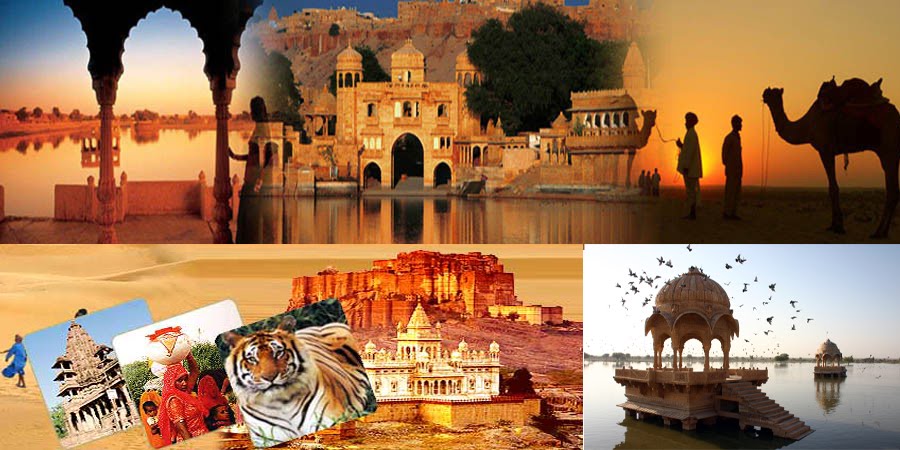Kolkata, the cultural capital of India, is a city where history breathes through its grand monuments, colonial buildings, and timeless charm. Known as the “City of Joy,” Kolkata perfectly blends old-world elegance with modern vibrancy. Its streets echo stories of British rule, artistic brilliance, and India’s freedom struggle. A Kolkata Monuments Tour offers travelers an opportunity to explore a fascinating blend of architecture, culture, and heritage that has shaped this magnificent city.
From majestic colonial structures to sacred temples and memorials, every monument in Kolkata reflects its glorious past and diverse cultural influences. The city boasts iconic landmarks such as the Victoria Memorial, Howrah Bridge, Marble Palace, Indian Museum, and St. Paul’s Cathedral, each representing a unique chapter of its rich history. Walking through these monuments feels like stepping back in time — into an era where British architecture met Bengali artistry.
Kolkata’s monuments are not just stone and structure; they are living symbols of the city’s evolving identity. The colonial mansions, Gothic churches, Mughal-style buildings, and serene gardens together create a visual narrative of art, power, and tradition. Beyond the architecture, these sites also reflect the intellectual and cultural revolution that flourished in Bengal, giving birth to poets, philosophers, and freedom fighters who changed India’s destiny.
The charm of Kolkata lies in its ability to preserve the past while embracing the present. Exploring its monuments allows visitors to experience not only historical elegance but also the warmth and soul of its people. Whether you are admiring the white marble beauty of Victoria Memorial or watching the sunset behind Howrah Bridge, every moment in Kolkata’s heritage trail tells a story that stays with you forever.
History of Kolkata
The history of Kolkata is deeply interwoven with the colonial era and the rise of British power in India. Originally a small cluster of villages — Sutanuti, Govindpur, and Kalikata — it was developed by the British East India Company in the late 17th century. Under the leadership of Job Charnock, Kolkata became a major trading and administrative center, later turning into the capital of British India until 1911.
During British rule, magnificent monuments were constructed to symbolize imperial grandeur and authority. The Victoria Memorial, built between 1906 and 1921, stands as an exquisite marble tribute to Queen Victoria and remains one of Kolkata’s most iconic landmarks. Similarly, the Writers’ Building, Raj Bhavan, and St. John’s Church exemplify the city’s colonial architectural brilliance.
Kolkata also became the heart of India’s cultural and intellectual renaissance during the 19th and early 20th centuries. It was the home of legends like Rabindranath Tagore, Swami Vivekananda, and Subhas Chandra Bose, who contributed immensely to literature, philosophy, and the freedom movement. Monuments such as the Indian Museum and Town Hall played crucial roles in preserving and showcasing the region’s art, culture, and scientific advancements.
Over time, Kolkata evolved beyond its colonial roots, becoming a vibrant city that celebrates both tradition and progress. The architectural legacy left by the British, combined with the city’s deep cultural soul, makes its monuments timeless witnesses to its glorious journey. Today, they continue to attract visitors from around the world, serving as proud reminders of Kolkata’s historical depth and artistic brilliance.
Nearby Places to Visit
-
Victoria Memorial
A stunning white marble monument surrounded by lush gardens, Victoria Memorial is dedicated to Queen Victoria. It now serves as a museum showcasing paintings, manuscripts, and artifacts from the British era, reflecting Kolkata’s royal past and architectural beauty. -
Howrah Bridge
An engineering marvel, Howrah Bridge is one of the world’s busiest cantilever bridges connecting Kolkata and Howrah. It symbolizes the city’s strength and unity, offering spectacular views of the Hooghly River, especially during sunrise and sunset. -
Marble Palace
This 19th-century mansion is known for its exquisite marble interiors, antique furniture, and European sculptures. The palace is a living museum reflecting the grandeur of Bengal’s aristocratic lifestyle and artistic elegance. -
St. Paul’s Cathedral
Built in Gothic Revival style, St. Paul’s Cathedral is one of the most beautiful churches in India. Its tall spire, stained-glass windows, and peaceful surroundings make it a perfect spot for history lovers and architecture enthusiasts.
Best Time to Visit
The best time to visit Kolkata and explore its monuments is from October to March. During these months, the weather remains pleasant, making sightseeing comfortable and enjoyable. The city also celebrates grand festivals like Durga Puja and Christmas in this period, allowing visitors to experience Kolkata’s cultural vibrance along with its historical beauty.
How to Reach
Kolkata is well-connected by air, rail, and road. The Netaji Subhas Chandra Bose International Airport serves major domestic and international flights. The city has two main railway stations — Howrah Junction and Sealdah — linking it to major Indian cities. Local transport options like taxis, metro, and buses make reaching monuments easy and convenient.





0 comments:
Post a Comment